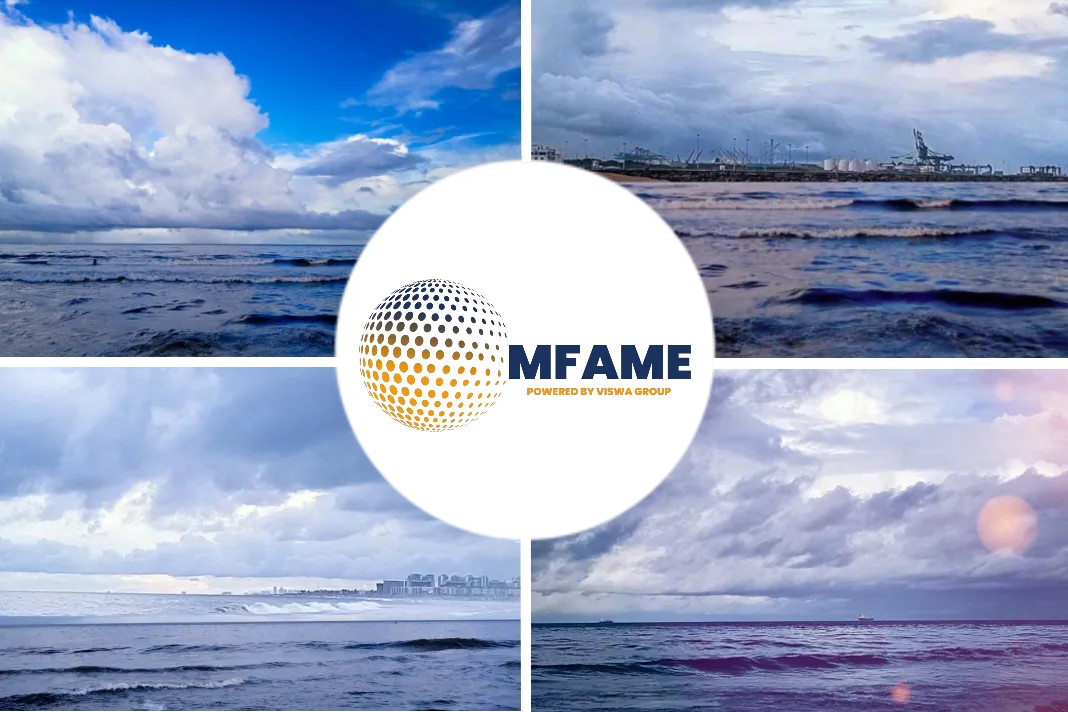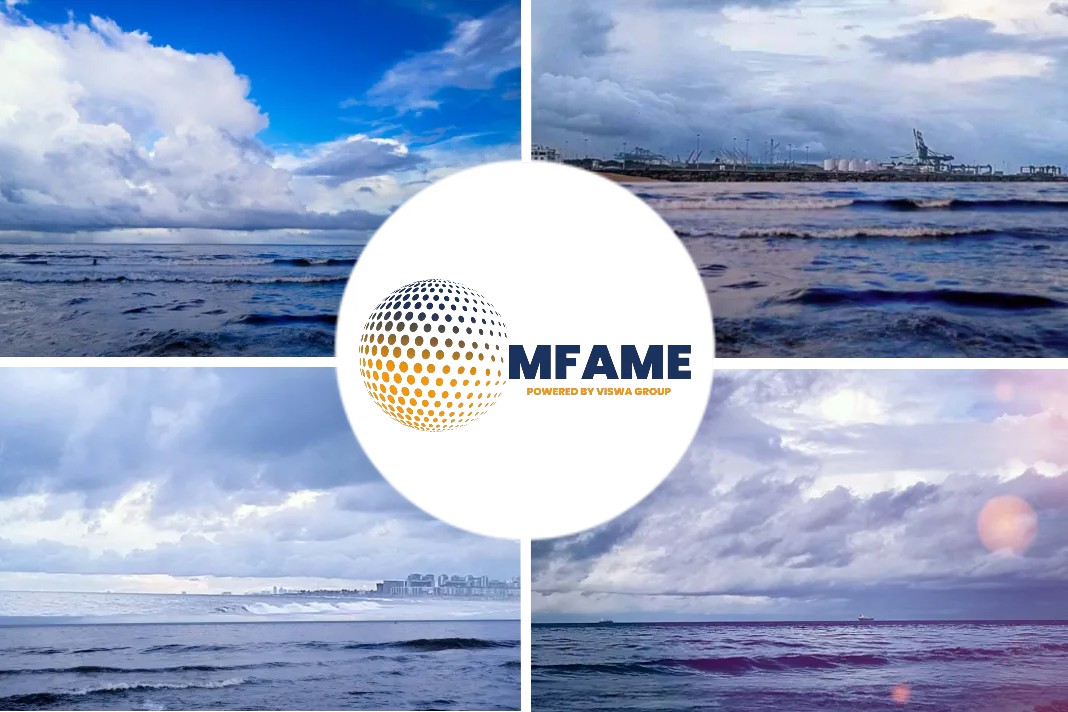The global supply chain continuously monitors cargo ships. What occurs though when they attempt to flee?, as reported by Quartz.
Safety measure
In July of this year, a crude oil ship known as the Symphony 3 travelled across the west coast of Africa. Evidence indicates that the crew was aware that it was under observation. The ship abruptly began reporting constant speeds between four and five knots instead of its previously recorded range of daily rates between five and eleven knots. There was an issue.
A safety measure that has also been used to track the speed of international cargo is the need that legitimate shippers to install radio beacons on their vessels that broadcast their whereabouts. But those transponders can be disabled or exploited to report fictitious positions, a strategy increasingly employed by traffickers, sanction evaders, and illegal fishers.
These beacons, which are a part of the Automatic Identification System, have been watched for years by satellite firms that specialise in finding radio signals (AIS). They can now more easily identify vessels that have turned them off.
Today (Nov. 7), publicly traded satellite provider Spire said that it would allow clients to follow “dark vessels” that actively attempt to avoid detection.
Spoofing in the age of satellites
When Symphony 3 started broadcasting unusual data, Spire was capturing it using a constellation of more than 100 satellites orbiting the earth. One of Spire’s customers is Geollect, a UK firm that combines intelligence expertise and geospatial data. The firm helps maritime insurers and lenders confirm that their ships are operating legally, but also works with government customers to track potentially illegal activity.
Symphony 3 appears to have been doing “spoofing”—sending incorrect data to fool an observer. But Spire’s spacecraft don’t just detect the AIS signals. They also can spot a variety of radio transmissions onboard a vessel, including the radars regularly used by large vessels to track the weather and other shipping traffic, and use their satellites to triangulate its position, says Peter Mabson, the CEO of Spire’s maritime division.
The other data told a very different story. Instead of proceeding slowly up the African coast, Symphony 3 was actually steaming across the Atlantic to a different destination—Venezuela’s Port Jose Oil Terminal. Geollect confirmed this with an image of the ship captured by a European space radar satellite.
Geollect says Symphony 3 is registered under the Panamanian flag and owned by a shell company called Shining Gem Limited. Quartz was unable to determine the ultimate owners of the ship or reach them for comment.
Geollect looked back at data collected in March 2022 and found evidence that Symphony 3 has reported a location on the African coast while actually arriving at a Venezuelan port.
Attempting to get around oil sanctions?
Incidentally, the US is attempting to block oil export from Venezuela by cutting it off from the US financial system, which means purchasers are incentivised to try to hide their transactions. Journalists and government agencies have spotted similar manoeuvres in the past: North Korean ships loading oil at sea to avoid attention, Russian ships stealing Ukrainian grain or the yachts owned by sanctioned oligarchs sneaking to safety.
What’s increasingly different now is the ubiquity of these observations. Thanks to Spire’s comprehensive coverage, as well as that of radio-frequency geolocation competitors like HawkEye 360 and Kleos, even sophisticated efforts to shake off detection, are likely to fail. Spire updates tracking data roughly once every six minutes, and maintains a database going back a decade.
It is also becoming increasingly difficult to avoid detection.
The risks of going radio-dark
While faking or shutting off AIS is one thing, attempting to make a vessel completely radio-dark means the increased risk of operating without weather and traffic information, something even criminals may not wish to do with a vehicle that costs tens of millions of dollars. “You can’t fool physics,” Mabson says.
Geollect’s director of technology, Ryan Lloyd, tells Quartz that “[w]e’re getting close to the point where we can see everything we need to see…[to] know where every vessel is at every time.” But he notes that it’s up to law enforcement agencies if anything is done with that information.
That’s why Symphony 3 is transiting the east China sea—if its transponder can be believed.
Did you subscribe to our newsletter?
It’s free! Click here to subscribe!
Source: Quartz

























